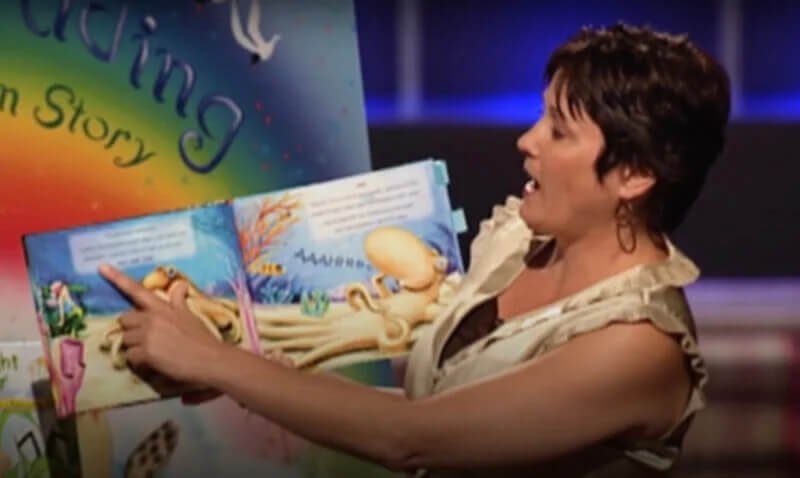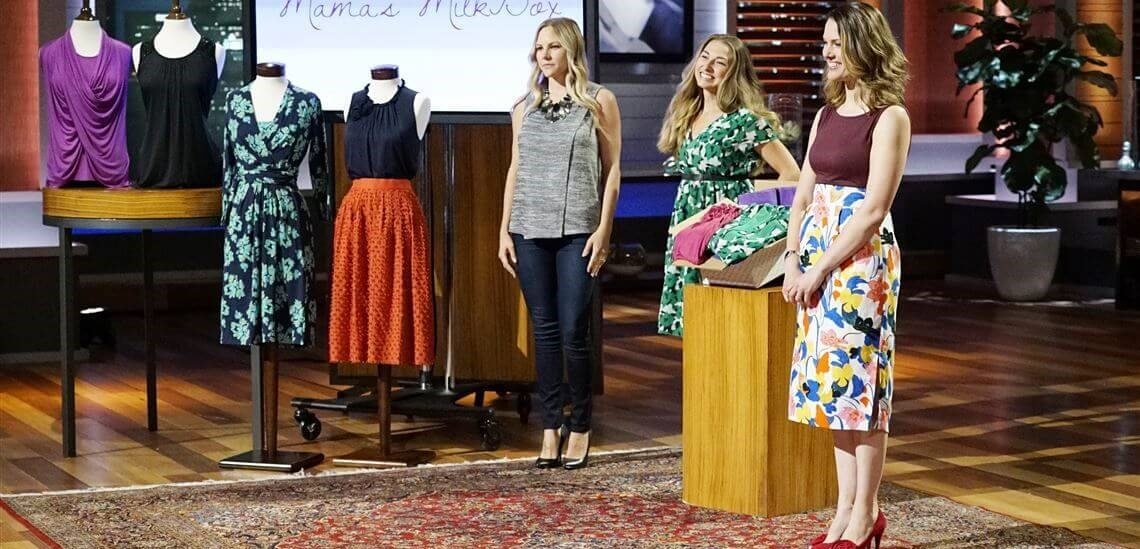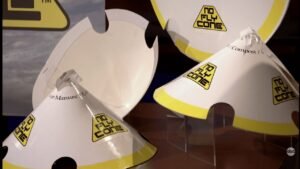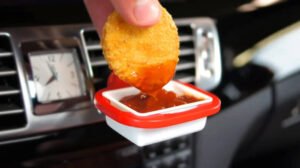You know the Shark Tank story: an entrepreneur strolls in, sells a sob story, lands a deal—then vanishes. But some don’t just survive the limelight; they turn that 15 minutes into a real business. Stress Free Kids is one of those outliers. Real sales, actual growth, and a mission that goes way beyond a quick TV payday.
Let’s break down what Lori Lite, the creator of Stress Free Kids, got right, the actual money behind the brand, and what you should really learn from this company’s run—no fluff, just hard facts and the kind of play-by-play you get from operators who’ve been there.
Contents
ToggleWhy Stress Free Kids Is More Than a Feel-Good Pitch
Most founders walk into the Tank selling comfort or convenience. Lori Lite stepped in ready to tackle nightly meltdowns, kid anxiety, and stressed-out parents. This wasn’t just about making another flashy product. She saw how her own kids suffered and turned her house into an innovation lab.
The result? Simple but powerful books, CDs, and later, digital tools—all about teaching kids how to actually manage stress. If you’ve ever watched your kid spiral before bedtime, you get the problem. Lori didn’t just offer a product—she offered relief.
The Founder’s Play: Who Is Lori Lite?
I respect founders who build before they ask for cash. Lori Lite did just that. She wasn’t spun up in a WeWork. She was a mom, inventing bedtime stories at her own kitchen table to help her kids cope with night terrors. Most of the best products start here.
You can see it in her pitch, too. Lori wasn’t trying to fake expertise—she lived it. That authenticity sold, not just to customers, but to sharks as well. I’ve seen founders push numbers or hype a tech feature. Lori pushed a mission, and in this space, that’s the ace.

The Shark Tank Pitch: What Really Went Down?
Here’s where most entrepreneurs either get greedy or small. Lori played it down the middle. She walked into Season 1, Episode 3 of Shark Tank in 2009, ready to ask for $250,000 for a 20% stake. Not cheap, but she had numbers.
She told the sharks she’d already sold over 30,000 units. Revenue? $180,000, with $50,000 profit the year before. She didn’t just talk traction; she had a product that was selling—without big-box connections, without celebrity hype. Those are the numbers real operators want to see.
Still, not every shark was convinced. The classic Shark Tank move? Doubt the valuation.
Robert Herjavec and Kevin Harrington were out fast, not convinced the company could scale or justify the ask. O’Leary did what he does—offered to just buy the whole company. Daymond John wanted a 51% control play, but without sweetening the pot.
It all came down to Barbara Corcoran. She saw the value, but she wanted 50%—an even split. Not an easy decision, but Lori went for it. This is where I see so many founders choke. They either give it away or walk at the wrong time. Lori talked it over with her husband and pulled the trigger on the Corcoran deal. Smart, gutsy, and all in.
The Deal: Barbara Corcoran’s Bet and Why It Mattered
Let’s not sugarcoat it: giving up 50% right out of the gate is a big move. A lot of folks flinch here. But if you want a real partner in the trenches—and Barbara is the queen of parenting brands—you do the deal if you believe 50% of a rocketship beats 100% of a rowboat.
Barbara’s backing meant authority, connections, and instant credibility. Did the deal actually close after filming? Publicly, yes—Lori and Barbara teamed up, and the growth showed up in later numbers. If you’re wondering, this isn’t one of those Shark Tank phantom deals that fall apart post-production.

Net Worth and Revenue: Where’s the Money Now?
Let’s talk real money. Since swimming with the sharks, Stress Free Kids has stacked up over $8.1 million in revenue (as of 2024). That’s not hobby cash; that’s real distribution, digital moves, and repeat business.
Now, is the current company net worth a matter of public record? Not exactly. But with that kind of revenue and a global footprint expanding into apps and digital downloads, you’re looking at a business easily worth several million dollars.
Here’s my take: most Shark Tank companies burn hot, then fizzle. Not this one. Lori and her small team kept innovating, kept shipping, and never settled for the initial Shark Tank buzz. That’s why they’re still open for business while hundreds of Tank brands fade away.
What Stress Free Kids Actually Sells (and Why It Works)
The product line started with bedtime stories and audio for stressed-out children—and stressed-out parents. But this wasn’t just a sleepytime story. Every book or audio—heck, even their coloring books—bake in real, research-based stress relief techniques. Visualization. Deep breathing. Affirmations.
Over time, Lori played it smart. She didn’t just sit on the original line. The range now covers:
- Mindfulness coloring books and activity kits
- Digital downloads, from eBooks to guided audio
- Relaxation and bedtime apps—so your kid’s screen time can actually help them chill out (wild, I know)
These aren’t gimmicks. Schools and therapists started buying in, using Stress Free Kids for classroom and clinical work. That’s what you want to see: product-market fit way beyond just parents clicking buy at 2am.
Market and Competition: Does This Niche Actually Make Money?
Look, the children’s book scene is big—$2.6 billion and rising. But here’s what’s changed since Lori first pitched: stress, anxiety, and mental health for kids is now a top concern for parents, teachers, and even policymakers.
How many entrepreneurs can say they caught that wave before it was mainstream? Very few. Lori’s edge? She actually solved the anxiety problem while most publishers were still selling ABC books.
Now, competition is heating up. There are more kids’ mindfulness tools, more apps, and bigger players smelling money in the water. But very few have the OG credibility, customer reviews, and classroom reach of Stress Free Kids.
My entrepreneur take? They pulled a Scrub Daddy before Scrub Daddy—a product that looks simple, but keeps selling year after year because it works.
The Growth Game: What’s Next for Lori and the Brand?
Great founders never get comfortable. Lori and her team pushed into digital way before COVID made everyone scramble for Zoom learning and iPad apps. That head start matters.
Now, they’re building more partnerships with schools, therapists, and even healthcare providers. The content keeps evolving: better apps, new audio, and bigger global reach.
Here’s the big lesson: you can start small, build a fan base, and then use TV exposure to blast your business up a level. But only if you keep shipping new stuff and never assume yesterday’s hit will pay tomorrow’s bills.
Conclusion: Lessons from the Shark Tank Arena
So, what should founders and parents take away from the Stress Free Kids Shark Tank ride?
- Real problems make real businesses. Lori solved stress in her own kitchen—customers felt that authenticity.
- Deals are just the start. Yes, Lori took Barbara’s money, but real growth happened after the cameras shut off.
- Growth means adapting. From CDs to apps, Lori pivoted when tech and families changed.
- Partnerships, not just products. Barbara brought more than cash—she brought a playbook and a platform.
I’ve seen founders get distracted by the TV circus. Lori played the long game. If you’re building, copy her hustle: solve a real problem, don’t chase hype, and never stop innovating.
FAQs
1. Is Stress Free Kids from Shark Tank still in business?
Yes, they’re active and growing, with expanded digital and global reach.
2. Did the deal with Barbara Corcoran actually close after the show?
Yes. Barbara Corcoran finalized the $250,000 investment for 50% equity. Real dollars, not just TV drama.
3. How much money has Stress Free Kids made since Shark Tank?
Estimated revenue since that first pitch is over $8.1 million (as of 2024).
4. Where can parents buy Stress Free Kids products now?
Direct from their website, on Amazon, and through school and therapy channels worldwide.
5. Are Stress Free Kids products only for kids, or can parents use them too?
They’re kid-first, but parents tell me they use the relaxation tools for their own stress too. No shame in that game.
6. What makes Stress Free Kids different from other children’s self-help books?
Real, evidence-based techniques, tested by a mom—then scaled up for classrooms and therapists.
7. Has Barbara Corcoran stayed involved or promoted Stress Free Kids?
Barbara lends her platform and know-how. The ongoing growth is proof she’s more than just an investor-in-name.
8. Can schools or therapists use these tools in their programs?
Absolutely. That classroom, counselor, and mental-health angle is a huge part of the business now.
Check out more detailed Shark Tank company breakdowns at SharkWorth—where we track the after-shows, not just the showboats. Stress Free Kids is proof you don’t need to be flashy; you just need to be real, build for pain points, and never quit when the spotlight fades.










